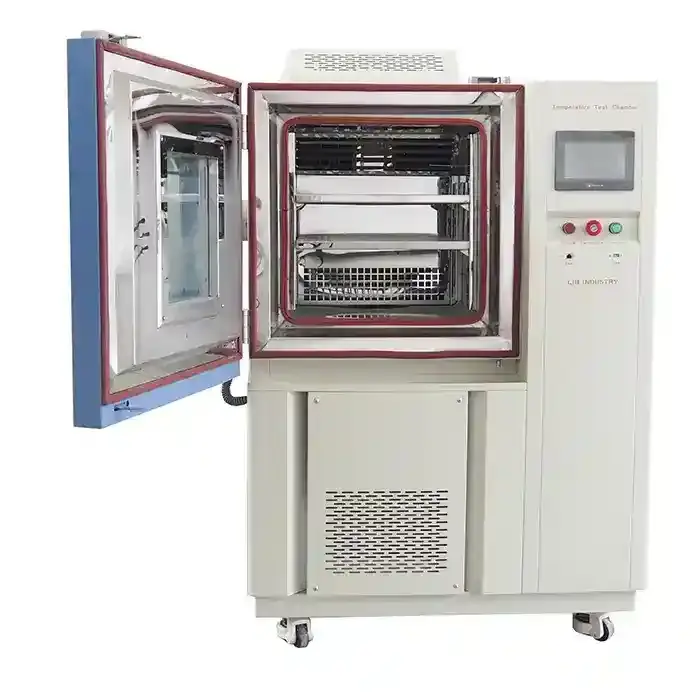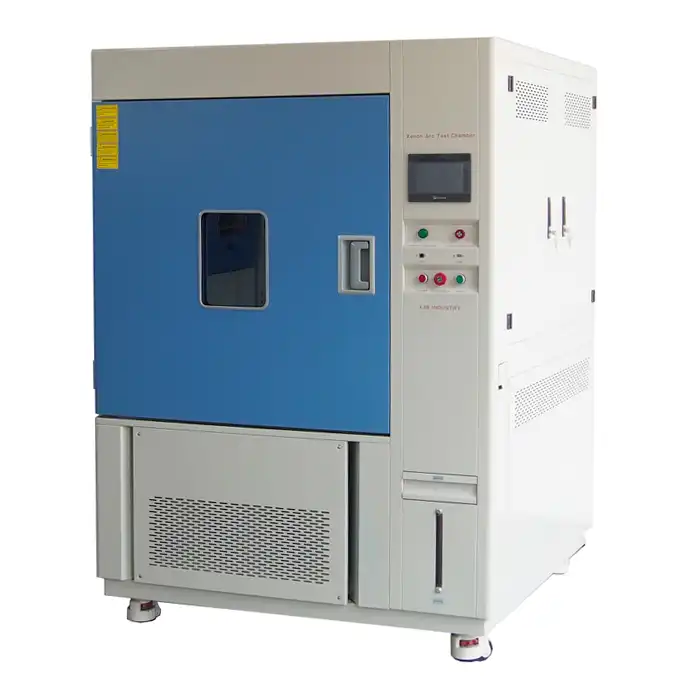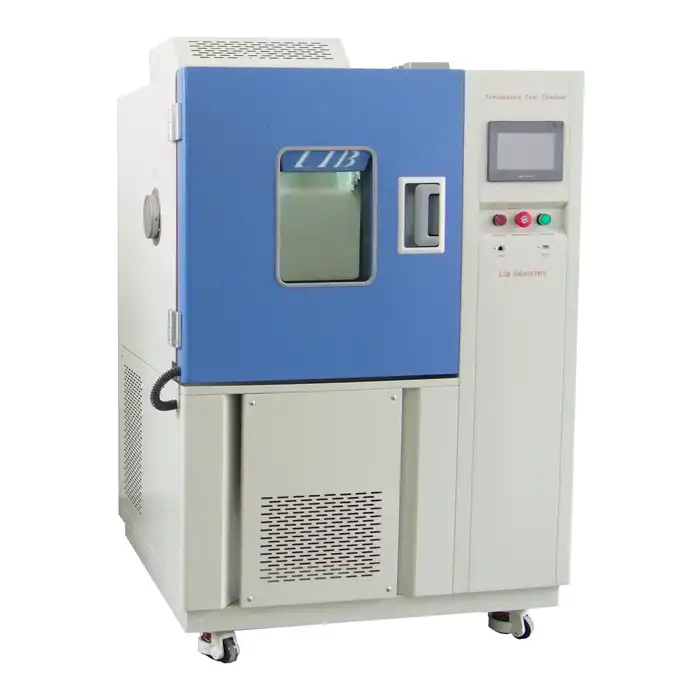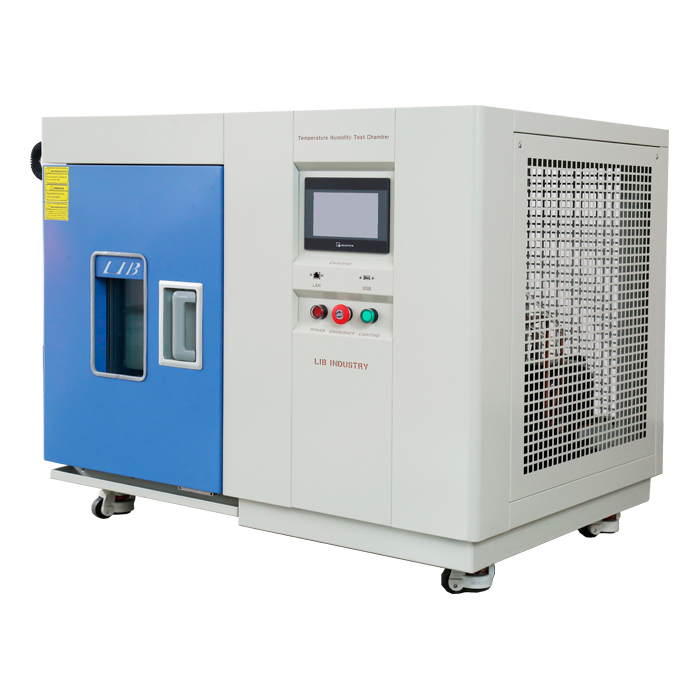Exploring the Role of Salt Fog Cabinets in Aerospace Material Testing
Aerospace materials are exposed to extreme environmental conditions, where corrosion resistance is a crucial factor in ensuring safety and longevity. Salt fog cabinets play a vital role in testing the durability of aerospace components by simulating harsh, corrosive environments.
How Salt Fog Cabinets Test Aerospace Materials?
Salt fog cabinets create a controlled environment where aerospace materials undergo accelerated corrosion testing. These chambers generate a fine mist of salt-laden air, simulating the effects of marine and atmospheric conditions. By exposing materials to continuous salt fog, engineers can assess corrosion rates, coating effectiveness, and overall durability under real-world conditions.
Meeting ASTM B117 and ISO 9227 Standards in Aerospace Testing
Global aerospace manufacturers must adhere to strict industry standards to guarantee material performance and safety. ASTM B117 and ISO 9227 are widely recognized benchmarks for salt spray testing.
- ASTM B117: The most commonly used standard for salt spray testing, ensuring consistency in evaluating corrosion resistance.
- ISO 9227: Specifies procedures for salt fog tests, widely accepted in international aerospace applications.
Testing Diverse Aerospace Materials with Salt Fog Cabinets
Salt fog cabinets allow manufacturers to evaluate different materials under identical environmental conditions.
- Aluminum Alloys: Commonly used in aircraft frames, aluminum is lightweight but highly susceptible to corrosion. Salt fog tests determine the effectiveness of corrosion inhibitors and anodized treatments.
- Magnesium Alloys: Magnesium components, often used in helicopter gearboxes, are prone to rapid oxidation. Testing ensures protective coatings provide adequate resistance.
- Carbon Fiber Composites: While naturally corrosion-resistant, composite materials must be tested for degradation in bonded areas, where metal fasteners or coatings may be present.
- Titanium Alloys: Used in high-stress aerospace applications, titanium resists corrosion but must be tested for compatibility with adhesives and coatings in multi-material assemblies.
The Role of Salt Fog Cabinets in Protecting Aerospace Components
Protective coatings are essential in aerospace engineering, shielding materials from corrosion caused by humidity, salt exposure, and temperature fluctuations. Salt fog cabinets play a critical role in assessing the longevity and effectiveness of these coatings.
For example, aluminum alloys used in aircraft fuselage and landing gear are typically treated with anodized coatings. According to industry research, anodized aluminum can extend the corrosion resistance of aerospace components by up to 30 years under normal atmospheric conditions. In a salt fog test, these coatings undergo continuous exposure to a 5% NaCl saline mist at 35 °C, replicating decades of real-world oxidation in just a few weeks. If a coating fails prematurely - such as showing pitting corrosion within 500 hours of testing - it signals the need for reformulation or alternative materials.
Additionally, specialized coatings like polyurethane-based sealants, used in military aircraft, must withstand 1,000 to 2,000 hours of salt fog exposure to meet MIL-PRF-85285 and other aerospace standards. Studies have shown that high-performance polyurethane coatings reduce maintenance costs by 15-20% over an aircraft's service life due to their superior resistance to chemical and environmental degradation. By analyzing degradation patterns, manufacturers can refine their protective solutions, increasing aircraft lifespan and reducing maintenance costs.
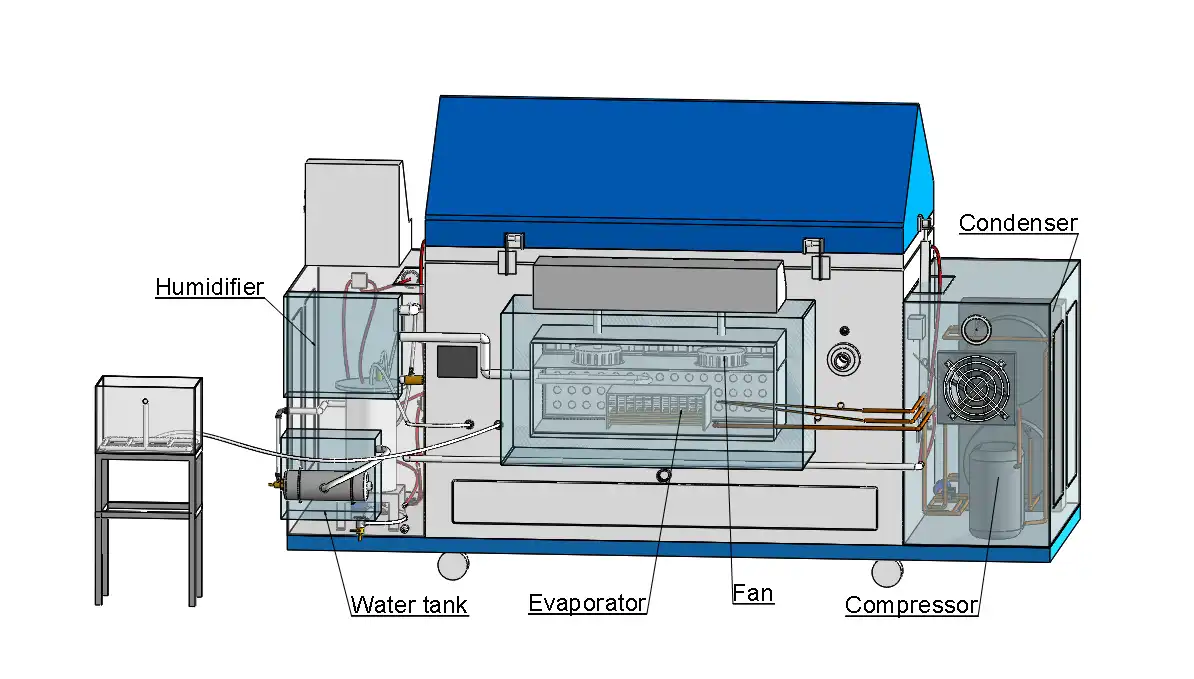
Case Studies of Salt Fog Cabinets in Aerospace Corrosion Testing
Salt fog cabinets deliver actionable insights through real-world testing. A leading aerospace manufacturer tested coated steel rivets, finding they withstood 1,000 hours of exposure, meeting ISO 9227 requirements. Another case involved composite panels for aircraft wings, where testing identified coating flaws after 400 hours, prompting redesigns. A third example saw aluminum landing gear components fail after 250 hours, leading to enhanced protective treatments. These case studies highlight how salt fog testing identifies weaknesses, drives innovation, and ensures reliability. By simulating corrosive environments, these chambers help manufacturers deliver durable, compliant aerospace solutions worldwide.
For aerospace companies seeking reliable environmental test solutions, LIB Industry offers high-quality, precision-engineered salt fog cabinets tailored to your testing needs. Contact us today at ellen@lib-industry.com to learn more about our advanced testing solutions.
LIB Salt fog cabinet
Model | S-150 | S-250 | S-750 | S-010 | S-016 | S-020 |
Internal dimensions (mm) | 590*470*400 | 1000*640*500 | 1100*750*500 | 1000*1300*600 | 900*1600*720 | 1000*2000*800 |
Overall dimensions (mm) | 1460*760*1140 | 1850*960*1350 | 1950*1030*1350 | 2000×1300×1600 | 2300×1300×1700 | 2700×1300×1900 |
Interior Volume (L) | 110 | 320 | 410 | 780 | 1030 | 1600 |
Temperature Range | Ambient ~ +60 ℃ | |||||
Temperature Fluctuation | ± 0.5 ℃ | |||||
Temperature Deviation | ± 2.0 ℃ | |||||
Humidity Range | 95% ~ 98% RH | |||||
Salt Fog Deposition | 1~2ml / 80cm2 · h | |||||
Spray Type | Continuous / Periodic | |||||
References
1. ASTM International. Standard Practice for Operating Salt Spray (Fog) Apparatus (ASTM B117).
2. ISO. ISO 9227: Corrosion Tests in Artificial Atmospheres - Salt Spray Tests.
3. Boeing Research & Development. Advancements in Aluminum-Lithium Alloys for Aerospace Applications.
4. NASA Materials Testing Division. Corrosion Resistance Evaluation of Spacecraft Materials Under Simulated Environmental Conditions.



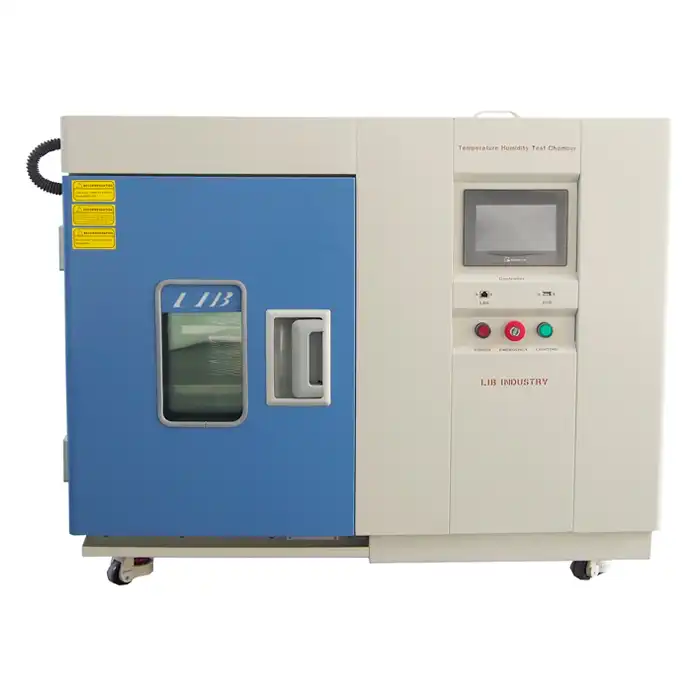
.jpg)
